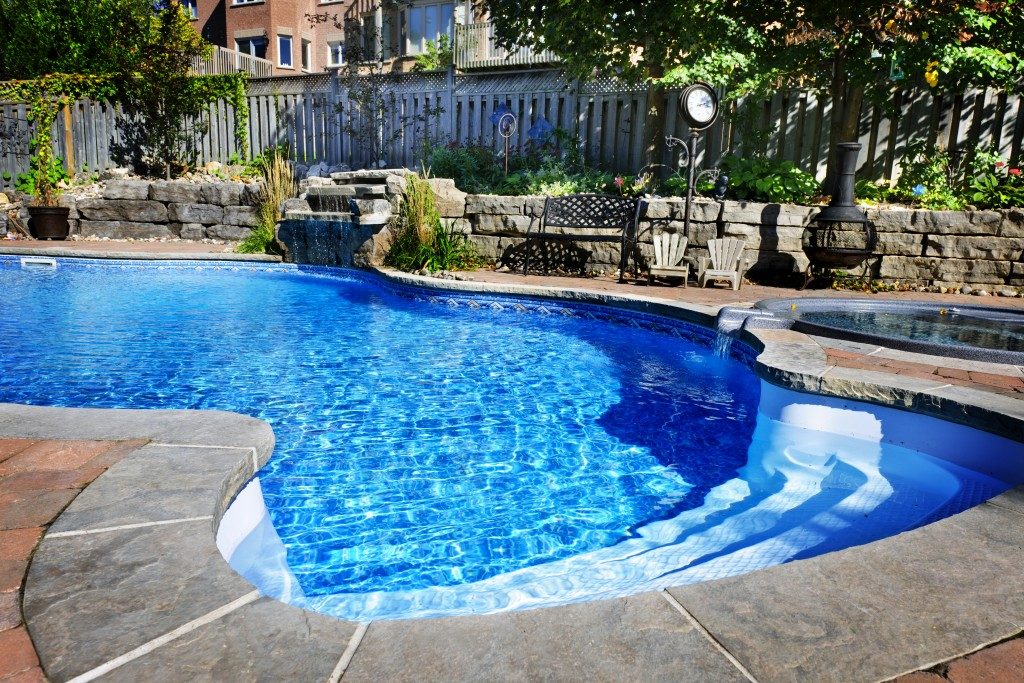If your house is too far from the city, you most likely depend on a deep well for your water supply. However, for the well water to reach your house, you will need a pump. Just like industrial piping products, not all well pumps are created the same. To maintain a consistent flow of clean, safe water to your house, here are the factors you need to consider when shopping for a pump:
1. Type of pump
There are three main types of well pumps, namely, jet pumps, centrifugal pumps, and submersible pumps. Jet pumps move water from the walls using a motor. To even out the water pressure in the house, jet pumps are typically used alongside pressure tanks.
On the other hand, centrifugal pumps function by sucking water out using a fan. However, they can only be used in shallow wells that are less than 25 feet deep. Lastly, submersible pumps are made up of water pumps, internal check valves, and pump motors. As the name suggests, submersible pumps need to be fully submerged in water to operate.

2. Well depth
The depth of your well dictates the type of pump you should buy. Well depth is divided into two categories: shallow wells and deep wells. A shallow well can be 25 feet deep or less. For this type of well, it’s ideal to use a shallow well jet pump or a centrifugal pump. A deep well, on the other hand, can be 25 feet deep or deeper. This type of well is best matched with a submersible pump. However, a jet pump is still a viable option.
For wells that are more than 100 feet deep, submersible pumps are the only feasible option. This type of pump is more effective the deeper the well is since it pushes the water up to the house instead of lifting it against gravity.
If you are not sure how deep your well is, check the well driller’s report. Can’t find it? Measure the depth yourself with a fishing line or a lengthy rope.
3. Pump size
The size of your house, as well as the number of fixtures and appliances that use water, also affects the size of the pump you need. For houses with 3-4 bedrooms, an 8-12 GPM (gallons per minute) pump is usually enough. Alternatively, you can calculate the GPM you need by basing one appliance/fixture equalling to one GPM (example: 1 shower = 1 GPM).
4. Possible issues
Jet pumps are easier to service since they are above-ground. However, this location also leaves them prone to mechanical issues. On the other hand, submersible pumps rarely need repair and can last 25 years without servicing. The downside is they are difficult to maintain since they are situated deep in the well.
The type of pump that’s best for your well depends on the well depth, the size of your house, and your budget. Choosing the right pump is important if want to maintain a steady stream of water coming into your home.

